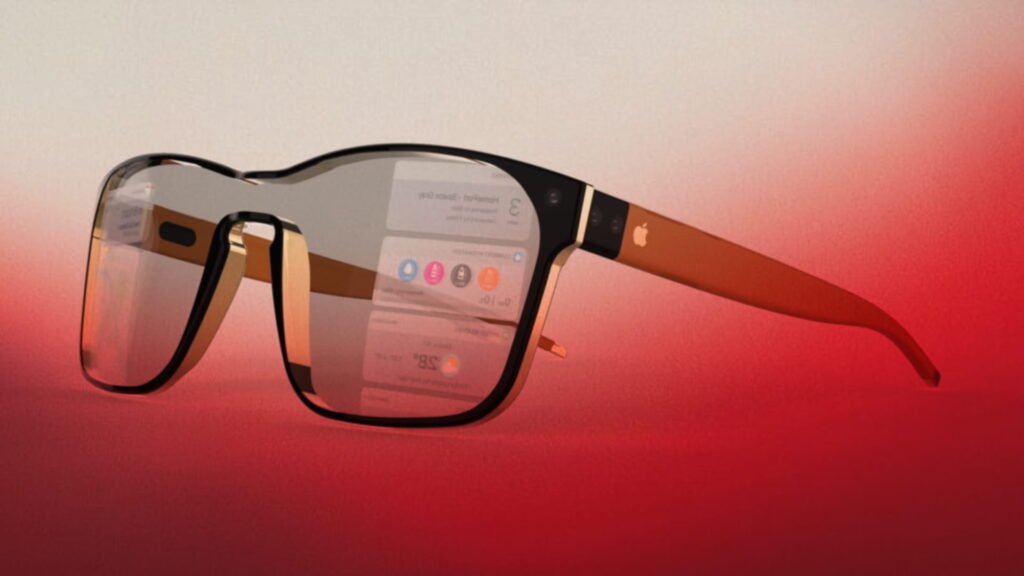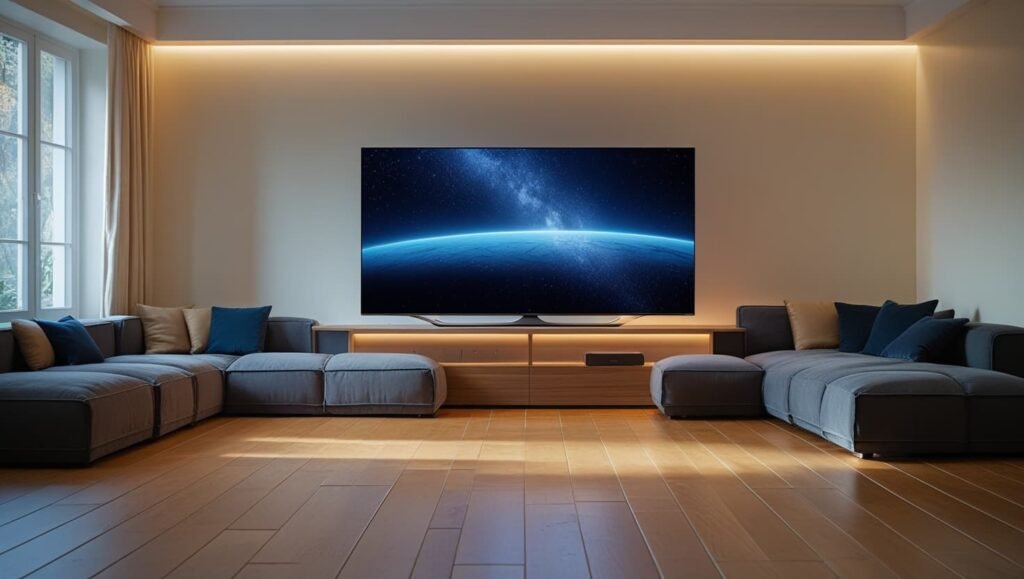Imagine stepping into a world where digital information blends seamlessly with your surroundings, all through a pair of glasses. Augmented reality (AR) glasses promise exactly that, transforming how you work, play, and connect.
With so many options on the market, picking the right pair can feel overwhelming. This guide breaks down the benefits of top AR glasses and helps you choose based on your needs.
AR glasses overlay digital content onto the real world. They’re not just gadgets; they solve real problems. From boosting productivity to enhancing entertainment, each pair offers unique features. Let’s explore what makes them special and how to find the perfect fit.
Before diving into specific models, consider what you want from AR glasses. Are you a professional needing hands-free data access? Do you want a portable theater for movies on the go? Your goals will shape your choice.
Xreal One Pro: The Ultimate Virtual Display
The Xreal One Pro stands out for its massive virtual screen. It projects a crisp 171-inch display at 1080p resolution with a 120Hz refresh rate. This makes it ideal for travelers or remote workers who need a large, private workspace. Its 700-nit brightness ensures clear visuals in various lighting conditions.
If you spend hours on planes or in cafes and want a big screen without carrying a monitor, this is your pick. It connects to smartphones, laptops, or consoles via USB-C. The adjustable nose pads and software tweaks for interpupillary distance (IPD) ensure comfort. A lesser-known perk: it supports spatial computing with the Nebula app, letting you run multiple virtual desktops.
Who’s It For? Multitaskers, frequent travelers, and gamers who value portability and screen size.
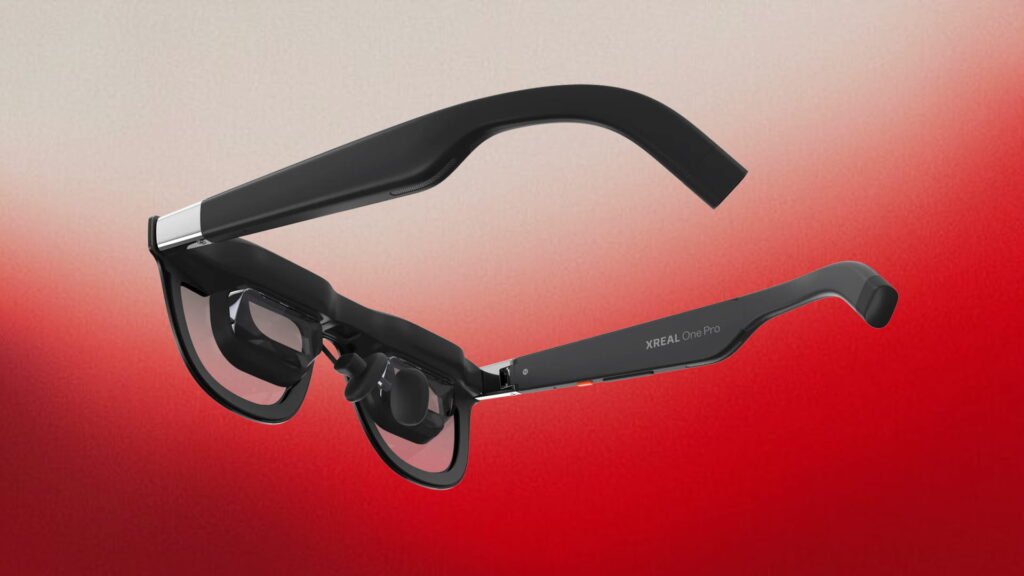
Ray-Ban Meta Smart Glasses: Style Meets AI
Ray-Ban Meta Smart Glasses combine fashion with functionality. They lack a full AR display but excel in AI-driven features. The built-in camera captures photos and videos, and the Meta AI assistant answers questions hands-free. Their lightweight, stylish frames blend into everyday life.
These glasses are perfect for social media enthusiasts or anyone wanting hands-free convenience. You can stream content to Instagram or WhatsApp without touching your phone. A hidden gem: the glasses use beamforming mics for clear calls in noisy environments. They’re also prescription-friendly, a detail not widely advertised.
Who’s It For? Content creators, busy professionals, and style-conscious users who want subtle tech.
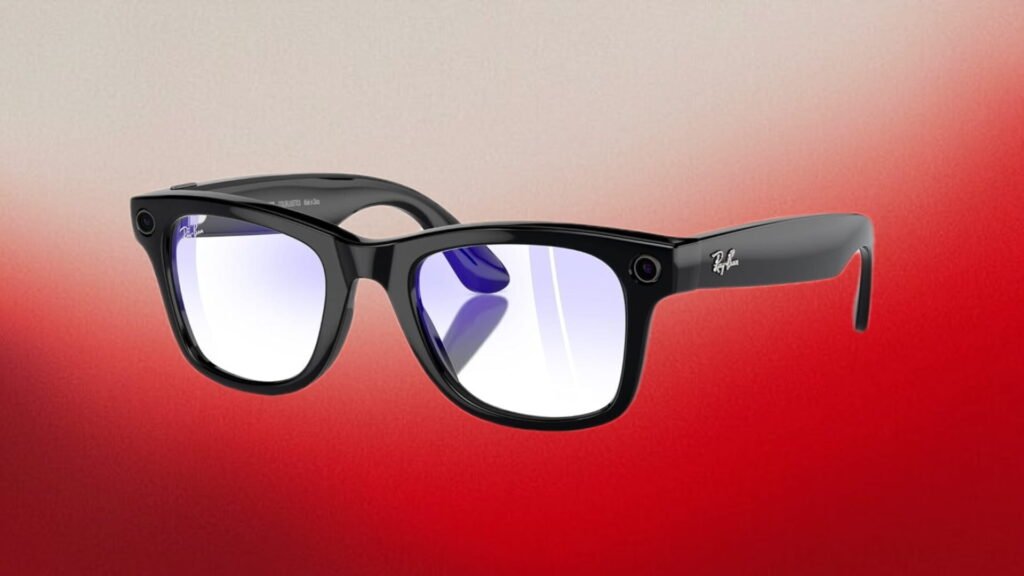
Viture Pro: Work and Play in Balance
The Viture Pro earns praise for its balance of work and entertainment features. Its micro-OLED display delivers a sharp 1080p image with a 98% DCI-P3 color gamut, ideal for creative tasks like photo editing. The glasses support a 120Hz refresh rate for smooth visuals. They’re lightweight at 78 grams, making them comfortable for long sessions.
If you need glasses for both professional tasks and media consumption, Viture Pro delivers. It connects to devices via USB-C and supports virtual desktops for productivity. An under-the-radar feature: the glasses adjust display color accuracy, making them a favorite for designers. The included hub enhances compatibility with iPhones for spatial video playback.
Who’s It For? Creatives, remote workers, and movie buffs who want versatility.
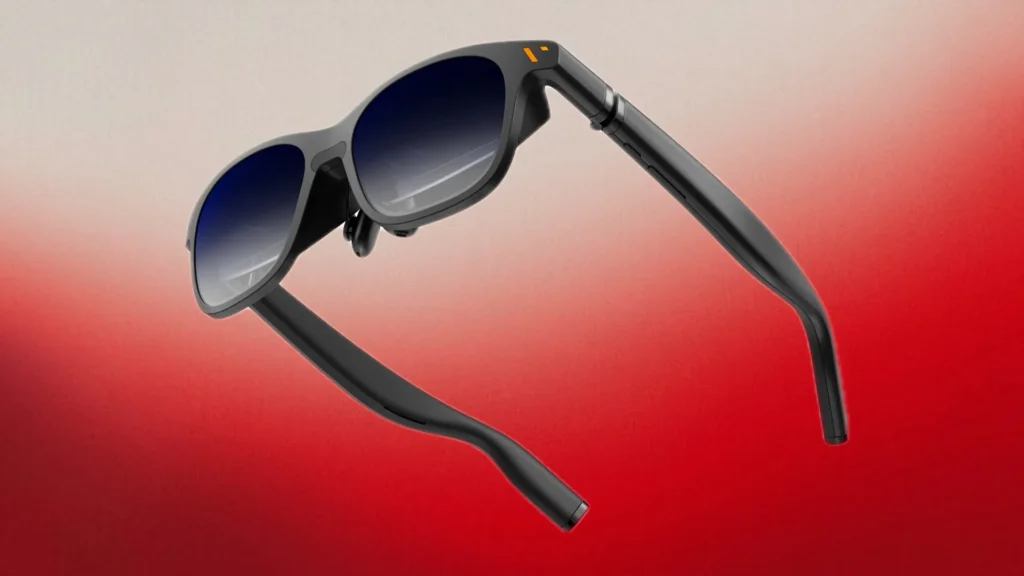
RayNeo Air 3s: Budget-Friendly Brilliance
The RayNeo Air 3s offer incredible value at $269. Their HuwView micro-OLED displays provide a vivid 1080p image with a 120Hz refresh rate. The glasses are lightweight and comfortable for extended wear. They excel at delivering a theater-like experience on a budget.
These are the go-to for cost-conscious users who want a big virtual screen. They’re great for watching movies on long flights or commutes. A little-known advantage: the 98% DCI-P3 color gamut rivals pricier models, offering vibrant visuals for creative work. They also support iPhone spatial media, a rare feature at this price.
Who’s It For? Budget travelers, students, and casual users seeking affordable AR.
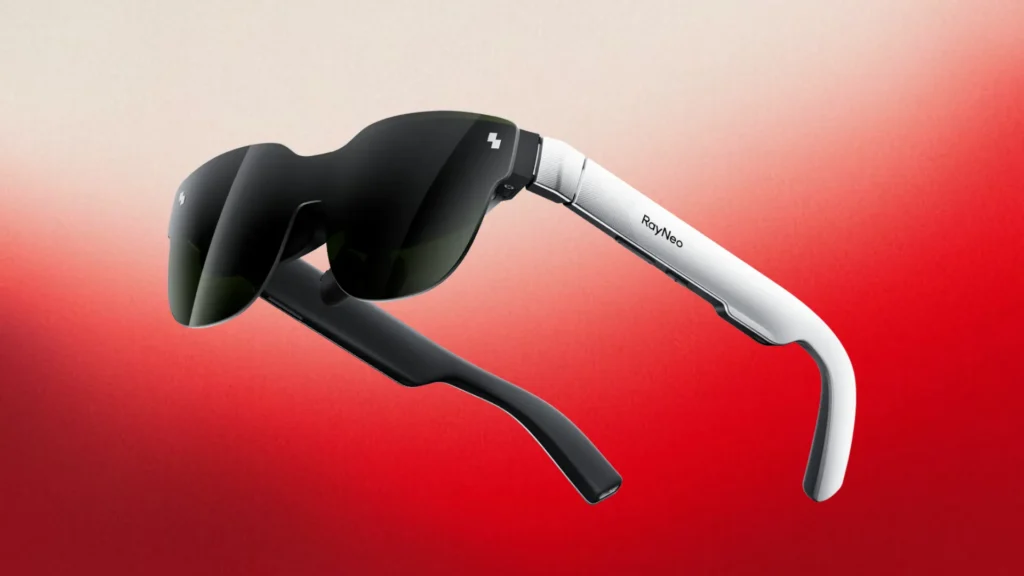
Snap Spectacles: Developer’s Dream
Snap Spectacles are best for developers or early adopters eager to explore AR’s future. They enable real-time AR content creation and sharing. A unique feature: the 46-degree field of view per eye delivers crisp visuals with low 13ms latency. However, the 45-minute battery life limits prolonged use.
Who’s It For? Tech enthusiasts, developers, and AR innovators willing to experiment.
Even Realities G1: Subtle and Lightweight
The Even Realities G1 are the slimmest AR glasses available, weighing just 38 grams. They display text and basic visuals by looking up slightly, keeping the design unobtrusive. The glasses are ideal for users who want minimal tech in their eyewear. They also support intelligent myopia and pupillary adjustment for clear visuals without prescription lenses.
These glasses suit users who prioritize discretion and comfort. They’re perfect for quick tasks like checking notifications or reading texts hands-free. A hidden strength: they double as hearing aids, amplifying voices in noisy settings, a feature aimed at those with mild hearing loss. The small display size may limit immersive experiences.
Who’s It For? Professionals, seniors, or anyone wanting lightweight, subtle AR.
Magic Leap 2: Enterprise Powerhouse
Magic Leap 2 targets professionals in fields like healthcare and manufacturing. Its advanced AR capabilities overlay complex digital content, such as 3D models, onto real-world settings. The glasses support hand tracking and voice control for intuitive interaction. They’re built for enterprise use, with a focus on durability and performance.
If you’re in a specialized industry needing precise AR visuals, Magic Leap 2 is unmatched. It streamlines workflows in training or remote assistance. A lesser-known fact: it integrates with NVIDIA Omniverse for rendering immersive digital twins. The high cost makes it less practical for casual users.
Who’s It For? Professionals in medicine, engineering, or education requiring robust AR tools.
Chamelo Aura Rx: Adaptive Comfort
Chamelo Aura Rx focuses on user comfort with instant electronic tint adjustments. The lenses switch between four colors or tint levels with a single tap. They support high-index prescription lenses, accommodating a wide range of vision needs. The glasses require charging only once a month.
These are ideal for users who value customizable lenses over heavy AR features. They’re great for outdoor activities or varying light conditions. An overlooked feature: the touch-capacitive button ensures seamless tint changes without fumbling. They lack a full AR display, limiting their tech appeal.
Who’s It For? Active users, outdoor enthusiasts, or those needing prescription-friendly glasses.
Solos AirGo Vision: AI on a Budget
Solos AirGo Vision pairs affordability with AI functionality. At $249, they offer ChatGPT integration for hands-free queries. The lightweight frame and quality audio make them practical for daily use. The notification LED is color-coded for discreet updates.
These glasses are perfect for budget-conscious users who want AI assistance. They’re great for quick tasks like getting directions or answering questions. A standout detail: the beamforming mics with Whisper Audio Technology ensure clear voice capture. The lack of a full AR display may disappoint some.
Who’s It For? Casual users, students, or anyone seeking affordable AI glasses.
Key Features of Right AR Glasses
When choosing AR glasses, focus on a few critical features. Display quality, including resolution and refresh rate, affects visual clarity. Comfort, driven by weight and adjustability, matters for long-term wear. Connectivity and battery life determine practicality for your lifestyle.
Display Quality: Clarity and Immersion
A high-resolution display ensures sharp visuals. Micro-OLED displays, found in Viture Pro and RayNeo Air 3s, offer vibrant colors and smooth motion. A higher refresh rate, like 120Hz, reduces eye strain during fast-moving content. Check the field of view (FOV) for a more immersive experience.
Comfort and Fit: All-Day Wear
Lightweight glasses, like the Even Realities G1, feel better for extended use. Adjustable nose pads and IPD settings improve fit across models. Prescription lens support, as in Ray-Ban Meta and Chamelo Aura Rx, is a must for some users. Test comfort during demos if possible.
Connectivity: Seamless Integration
Most AR glasses connect via USB-C or Bluetooth. Xreal One Pro and Viture Pro support a wide range of devices, from phones to consoles. Ensure compatibility with your primary device. Some models, like Snap Spectacles, require specific apps for full functionality.
Battery Life: Staying Powered
Battery life varies widely. Snap Spectacles last only 45 minutes, while Chamelo Aura Rx needs charging monthly. For heavy users, prioritize models with external battery packs, like the Xreal One Pro. Check charging frequency against your usage habits.
Use Cases and Benefits
AR glasses serve diverse purposes. Professionals benefit from hands-free data and training tools. Travelers and commuters enjoy portable entertainment. Each model caters to specific needs, so align your choice with your daily routine.
Professional Use: Boosting Efficiency
Magic Leap 2 and Google Glass Enterprise Edition 2 excel in workplaces. They provide hands-free access to manuals, 3D models, or remote expert guidance. Industries like healthcare and manufacturing see faster workflows and reduced errors. These glasses often integrate with enterprise software for seamless operation.
Entertainment: Your Personal Theater
Xreal One Pro and RayNeo Air 3s create large virtual screens for movies and games. They’re perfect for long flights or quiet evenings. The high color accuracy of Viture Pro also supports creative tasks like editing. Look for models with micro-OLED displays for the best visuals.
Everyday Convenience: Hands-Free Living
Ray-Ban Meta and Solos AirGo Vision simplify daily tasks. They let you take calls, capture moments, or get directions without a phone. Their AI assistants handle quick queries efficiently. These are best for users who value practicality over immersive AR.
Market Insights: What’s Driving Growth
The AR glasses market is booming, valued at $1.93 billion in 2024. It’s projected to grow at a 27.3% CAGR through 2030. Advances in AI, 5G, and display tech fuel this rise. Consumer demand for immersive experiences and remote work tools also drives adoption.
Hidden Challenges to Watch
Not every pair of AR glasses is perfect. Some, like Snap Spectacles, have short battery life. Others, like Even Realities G1, have small displays that limit immersion. Always test or research real-world performance before buying.
Insider Tips for Choosing
Few reviews mention how glasses feel after hours of wear. Xreal One Pro and Viture Pro stay comfortable longer than bulkier models. Check for firmware updates, as brands like RayNeo often improve performance post-launch. User forums reveal practical quirks, such as cable durability or app stability.
Future Trends to Know
The AR glasses market is evolving fast. By 2030, expect slimmer designs and better AI integration. Companies like Apple and Samsung are developing consumer-friendly models. Watch for glasses that blend style with advanced AR, like Meta’s Orion prototype.
Making Your Decision
Start by listing your top priorities: display size, comfort, or AI features. Match these to models like Xreal One Pro for screens, Ray-Ban Meta for style, or Magic Leap 2 for work. Test in-store if possible to assess fit and clarity. Read user reviews for real-world insights.
Budget vs. Premium Options
RayNeo Air 3s and Solos AirGo Vision offer great value under $300. Xreal One Pro and Viture Pro, priced around $500, deliver premium features. Magic Leap 2, at a higher cost, targets niche professional needs. Balance your budget with desired functionality.
AR glasses are more than tech toys; they solve real problems. Whether you need a portable screen, hands-free AI, or workplace tools, there’s a pair for you. Consider your daily needs, test for comfort, and dive into user feedback. The right AR glasses can transform how you see the world.

